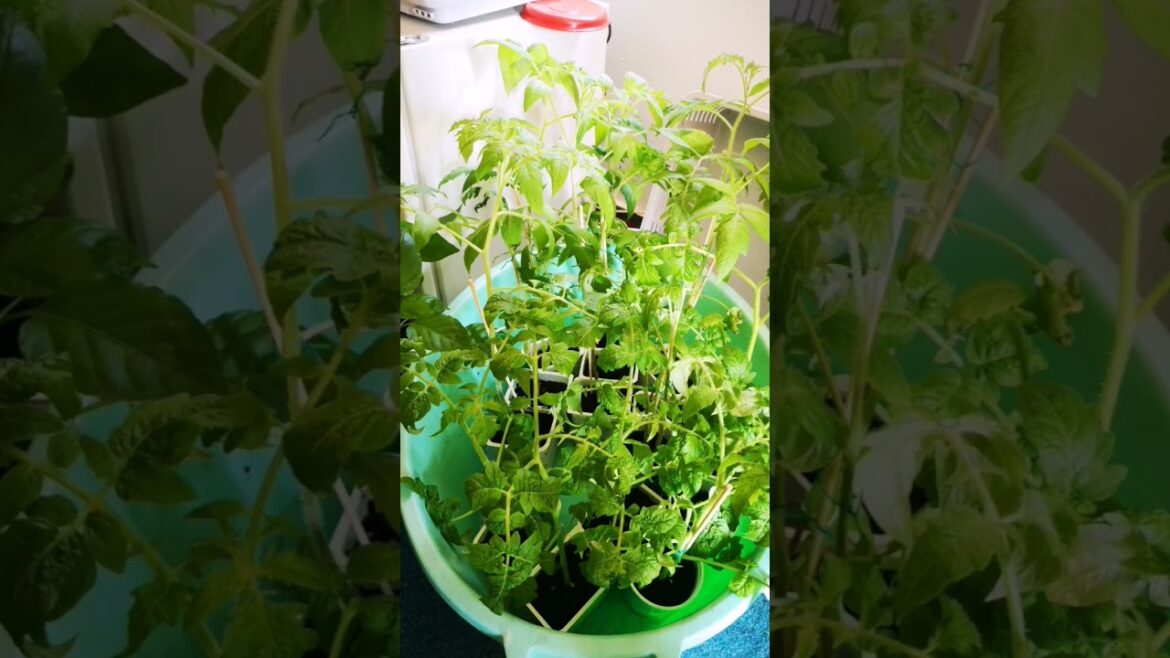Preparing for the outdoor gardening season involves several key steps to ensure a successful and productive garden. Here’s a concise guide to get you started:
1. Planning
Choose Your Plants: Decide what vegetables, flowers, or herbs you want to grow based on your climate and soil conditions.
Design Your Garden Layout: Plan the arrangement of your garden beds or containers to optimize space and sunlight exposure.
2. Soil Preparation
Test the Soil: Check soil pH and nutrient levels using a soil test kit. Amend the soil based on test results to create the optimal growing conditions.
Enrich the Soil: Add compost or organic matter to improve soil structure, fertility, and drainage.
3. Tools and Supplies
Gather Tools: Ensure you have essential gardening tools such as trowels, pruners, gloves, watering cans, and a garden hose.
Buy Supplies: Purchase seeds, seedlings, fertilizers, and any other necessary gardening supplies.
4. Starting Seeds Indoors
Start Seeds: Begin seeds indoors 6-8 weeks before the last expected frost date for your area.
Transplanting: Harden off seedlings by gradually exposing them to outdoor conditions before transplanting them into the garden.
5. Cleaning and Maintenance
Clear Debris: Remove weeds, dead plants, and debris from garden beds to reduce disease risk and pest attraction.
Inspect Tools: Clean, sharpen, and repair garden tools to ensure they’re in good working condition.
6. Planting
Check Frost Dates: Plant after the last frost date to protect sensitive plants from cold damage.
Spacing and Depth: Follow recommended spacing and planting depth for each type of plant to ensure proper growth.
7. Watering and Mulching
Watering Schedule: Establish a regular watering routine, ensuring consistent moisture without waterlogging.
Mulch: Apply mulch around plants to retain soil moisture, regulate temperature, and suppress weeds.
8. Pest and Disease Management
Monitor for Pests: Regularly check plants for signs of pests and diseases. Use organic or chemical treatments as necessary.
Preventive Measures: Implement companion planting, crop rotation, and other integrated pest management strategies to reduce pest issues.
9. Maintenance
Regular Care: Continue to weed, water, and fertilize your garden as needed throughout the growing season.
Pruning and Training: Prune plants to encourage healthy growth and train climbing plants on supports or trellises.
By following these steps, you can ensure a well-prepared garden that is ready to thrive throughout the outdoor growing season.

